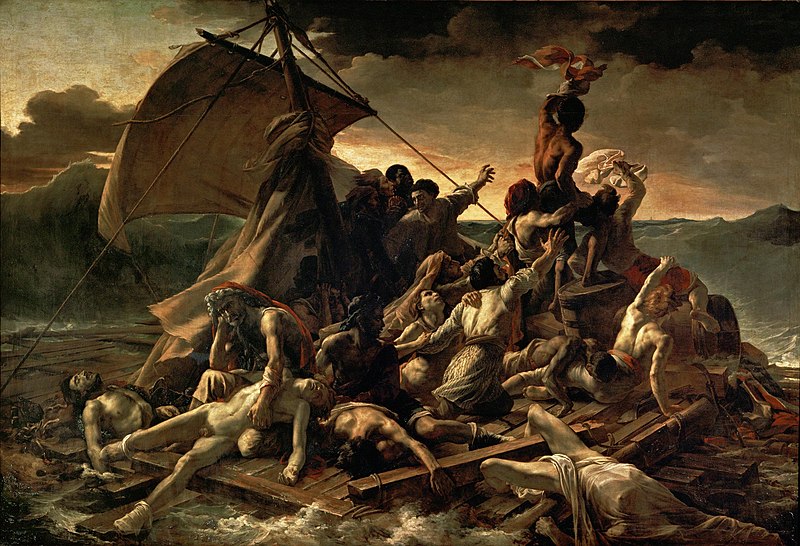Nan Goldin, an American photographer renowned for her intimate and raw portrayal of human relationships, has left an indelible mark on contemporary art. Through her lens, she captures the complexities of love, pain, joy, and vulnerability with a haunting authenticity that resonates deeply with viewers. Let’s delve into the artistry of Nan Goldin, exploring some of her most iconic works and the profound impact they’ve had on the art world.
1. “The Ballad of Sexual Dependency”
Perhaps Goldin’s most famous body of work, “The Ballad of Sexual Dependency,” is a visual diary chronicling her life and the lives of her friends in New York City during the late 1970s and 1980s. Through gritty snapshots and candid portraits, Goldin captures moments of intimacy, ecstasy, and despair amidst the backdrop of a city plagued by the AIDS epidemic and social upheaval.
One of the defining features of Goldin’s work is her unflinching honesty. She doesn’t shy away from depicting the darker aspects of human existence, including drug addiction, domestic violence, and death. Yet, amidst the chaos and turmoil, there’s a sense of profound empathy that runs through her photographs, inviting viewers to connect with the subjects on a deeply emotional level.
2. “Nan and Brian in Bed”

One of Goldin’s most iconic images, “Nan and Brian in Bed,” is a hauntingly intimate portrait of the artist and her then-partner, Brian, lying entwined in bed. The photograph exudes a sense of vulnerability and tenderness, capturing a moment of quiet intimacy between two lovers. Yet, there’s also an undercurrent of melancholy, hinting at the fragility of human connection and the fleeting nature of love.
3. “Misty and Jimmy Paulette in a Taxi, NYC”

In this captivating photograph, Goldin immortalizes a fleeting moment shared between Misty and Jimmy Paulette, two of her close friends, as they ride in a taxi through the streets of New York City. The image is suffused with a sense of nostalgia, evoking the transient beauty of urban life and the bittersweet passage of time.
Goldin’s use of color and composition adds to the emotional resonance of the photograph, with the soft glow of streetlights casting a warm, ethereal hue over the scene. Through her lens, she captures not just the physical landscape of the city, but also the emotional landscapes of those who inhabit it, inviting viewers to contemplate the complexities of human experience.
4. “Self-Portrait in Kimono with Brian, NYC”

In this arresting self-portrait, Goldin presents herself adorned in a vibrant kimono, standing alongside her partner Brian. The image is a testament to Goldin’s fearless exploration of identity and self-expression, as well as her willingness to confront societal norms and expectations.
Through her art, Goldin challenges conventional notions of beauty and femininity, celebrating the diversity of human experience in all its forms. Her self-portraits, in particular, offer a glimpse into her own journey of self-discovery and self-acceptance, inviting viewers to reflect on their own perceptions of identity and belonging.
Conclusion
Nan Goldin’s art is a powerful testament to the beauty and complexity of the human experience. Through her raw and unfiltered portrayals of love, loss, and longing, she invites viewers to confront their own vulnerabilities and to embrace the full spectrum of human emotions. In a world often characterized by superficiality and pretense, Goldin’s work serves as a poignant reminder of the enduring power of authenticity and connection. As we gaze upon her photographs, we are reminded of our shared humanity and the universal desire for love, acceptance, and understanding.



